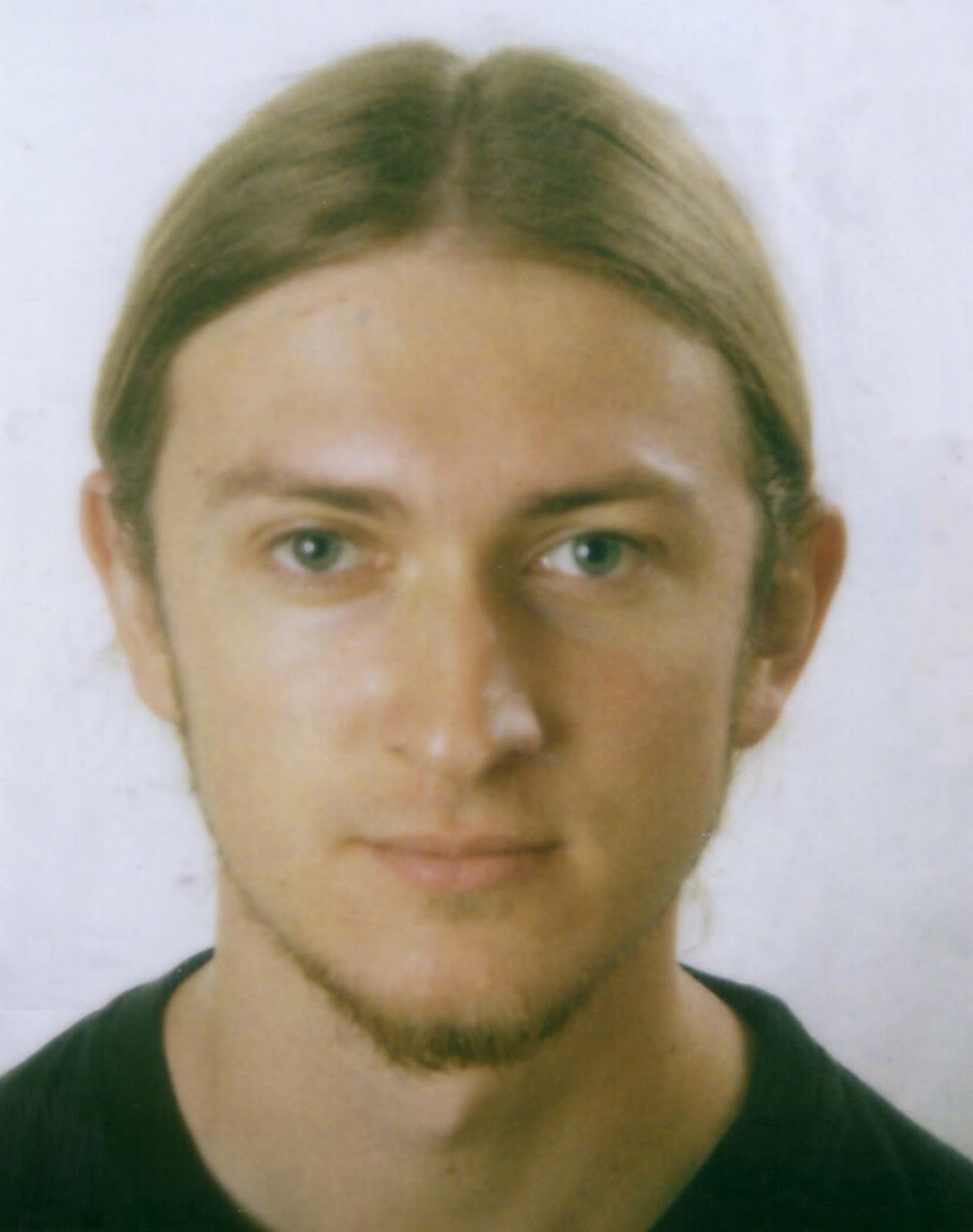The BFN generator is finally here! I have found time for this tonight.
So, this small application allows you to generate each face of a BFN cube-map. If you want to encode the BFN only as the length of the best fit normal or transform it to a 2D texture (as suggested in Crytek's presentation), you will have a little bit of work to do but it should not be such a big deal. You can select the resolution of the cube-map as well as the bias vector at compilation time.
Some screen-shots for 256x256x6 cube-maps:
At the origin: the BFN cube-map with a bias vector=vec3(0.5,0.5,0.5).
in the +X direction: the regular normalization cube-map.
In the +X+Y direction: a BFN cubemap with a bias vector=vec3(0.5,0.5,8.0/255.0). It results in less precision for normals having negative Z value and more precision for normals having positive Z value.
The reconstruction error of the regular normalization cube-map as compared to the ground-truth normal map. (scale factor of 50)
The reconstruction error of the BFN cube-map with bias a vector=vec3(0.5,0.5,0.5).
Some reconstruction errors are still visible. (scale factor of 50)
The reconstruction error of the BFN cube-map with bias a vector=vec3(0.5,0.5,8.0/255.0).
No more error patterns are visible. (scale factor of 50)
Reconstruction error on the back faces (scale factor of 50). There is a large error when using a bias vector of (0.5,0.5,8.0/255.0). However, it is not important since only the positive Z values are important when storing normals for a light pre-pass or deferred renderer.
Error when computing a specular lob with the regular normalization cube-map. The specular exponent is 64.
No noticeable difference when changing the bias vector of the BFN.
You can download the source here!
And finally, the important references :
- Amantide ray marching paper.
- Crytek's presentation from SIGGRAPH 2010 as well as their 2D BFN texture (which I recommend) can be downloaded here.






















